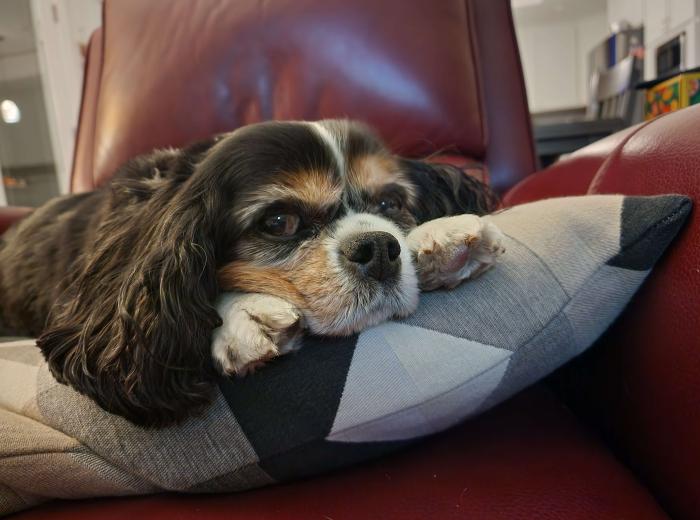
As our beloved pets grow older, they often develop new bumps and lumps on their skin. While many of these are harmless, some can indicate more serious underlying conditions. The key to keeping your senior companion healthy is early detection and regular veterinary checkups.
Why Senior Pets Need Extra Attention
Just like people, dogs and cats experience physical changes as they age — slower metabolism, weaker immune systems, and cellular changes that make them more prone to growths. These may include:
- Benign fatty tumors (lipomas)
- Cysts or warts that may appear suddenly
- Inflammatory or infectious swellings
- Cancerous growths that can look deceptively harmless
Because it’s impossible to tell what a lump is by appearance alone, any new bump deserves a closer look.
When to Schedule a Check
You should call your veterinarian if you notice:
- A new lump or bump that wasn’t there before
- Changes in an existing mass (growing, changing color, firming up, ulcerating, or bleeding)
- A lump that seems painful or warm to the touch
- Any swelling that causes your pet to lick, chew, or favor an area
A simple fine needle aspirate (FNA) or cytology test can often tell us what we’re dealing with—quickly and painlessly, often without sedation.
The Importance of Routine Senior Exams
Routine wellness visits—especially every six months for senior pets—are critical for catching changes early. During these visits, we:
- Perform a full-body palpation to look for new or changing masses
- Assess weight, muscle tone, and joint comfort
- Discuss diet, supplements, and lifestyle adjustments to support healthy aging
- Review whether any lab work or imaging is due
What to Expect If a Lump Needs Removal
If testing shows a lump should be removed, your veterinarian will recommend surgical excision and may send it for histopathology to confirm whether it’s benign or malignant.
Complete removal of benign lumps is usually curative—and even if a lump turns out to be more concerning, early action dramatically improves outcomes.
At-Home Tip: Keep a “Lump Log”
A simple notebook or phone photo album can help you track:
- The date you first noticed the lump
- The size and location (for example, “dime-sized, right shoulder”)
- Photos every few weeks to monitor changes
This information helps your veterinary team see trends and make more informed decisions about testing or removal.
Bottom Line
Aging is a natural part of your pet’s journey, but catching small problems early makes a big difference. Checking your senior pet regularly and bringing new lumps to our attention helps ensure they stay comfortable, happy, and healthy for years to come.
🎉 Special Offer: Senior Pet Month at Alpine Animal Hospital
In honor of Senior Pet Month this November, Alpine Animal Hospital is offering 30% off the office visit fee for any pet seen for a mass check or lump evaluation.
If you’ve noticed a new bump—or it’s been a while since your senior pet’s last exam—now is the perfect time to schedule their checkup.
📞 Call us today at 970-963-2371 to book your appointment and give your senior pet the care they deserve!
